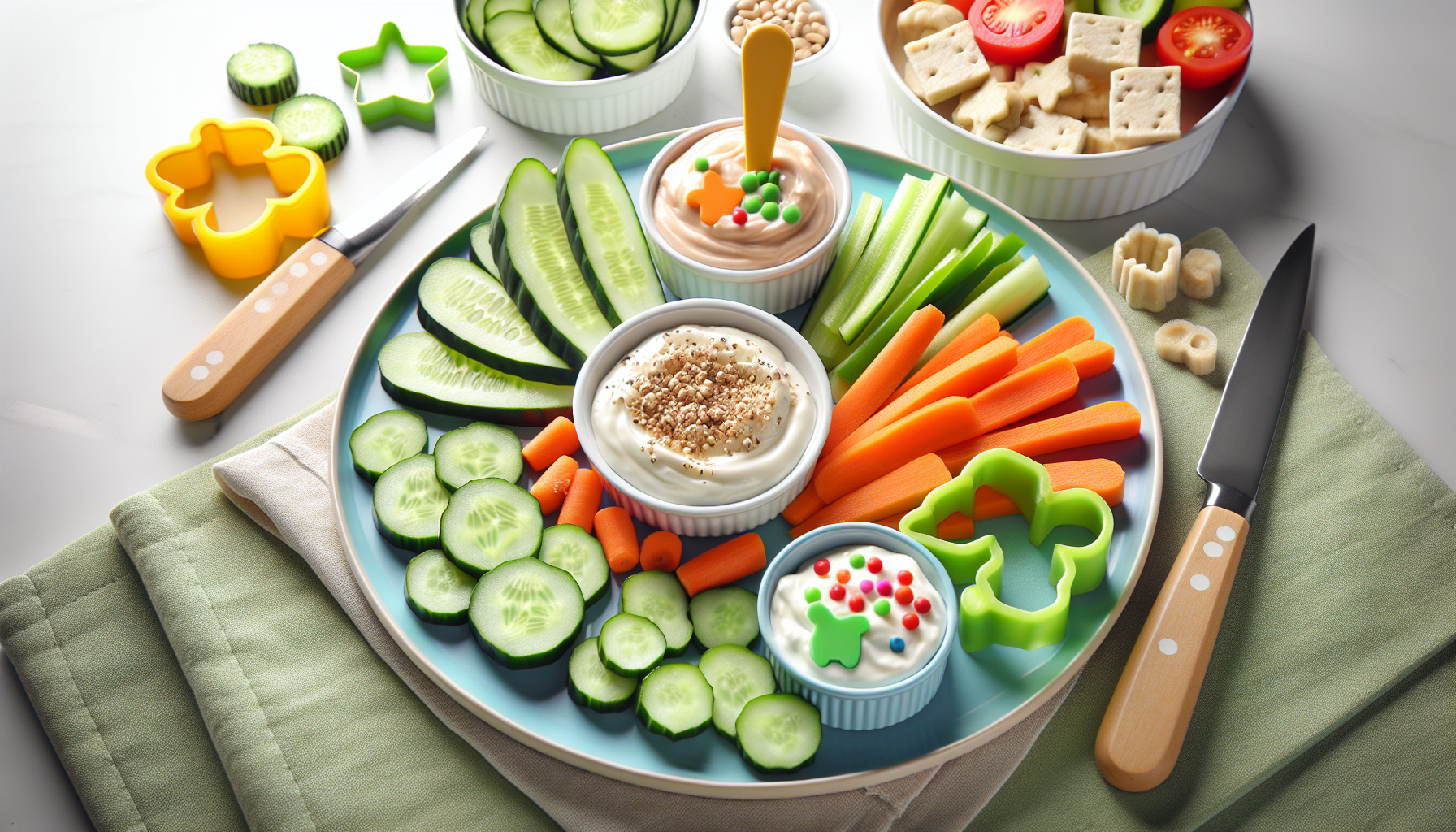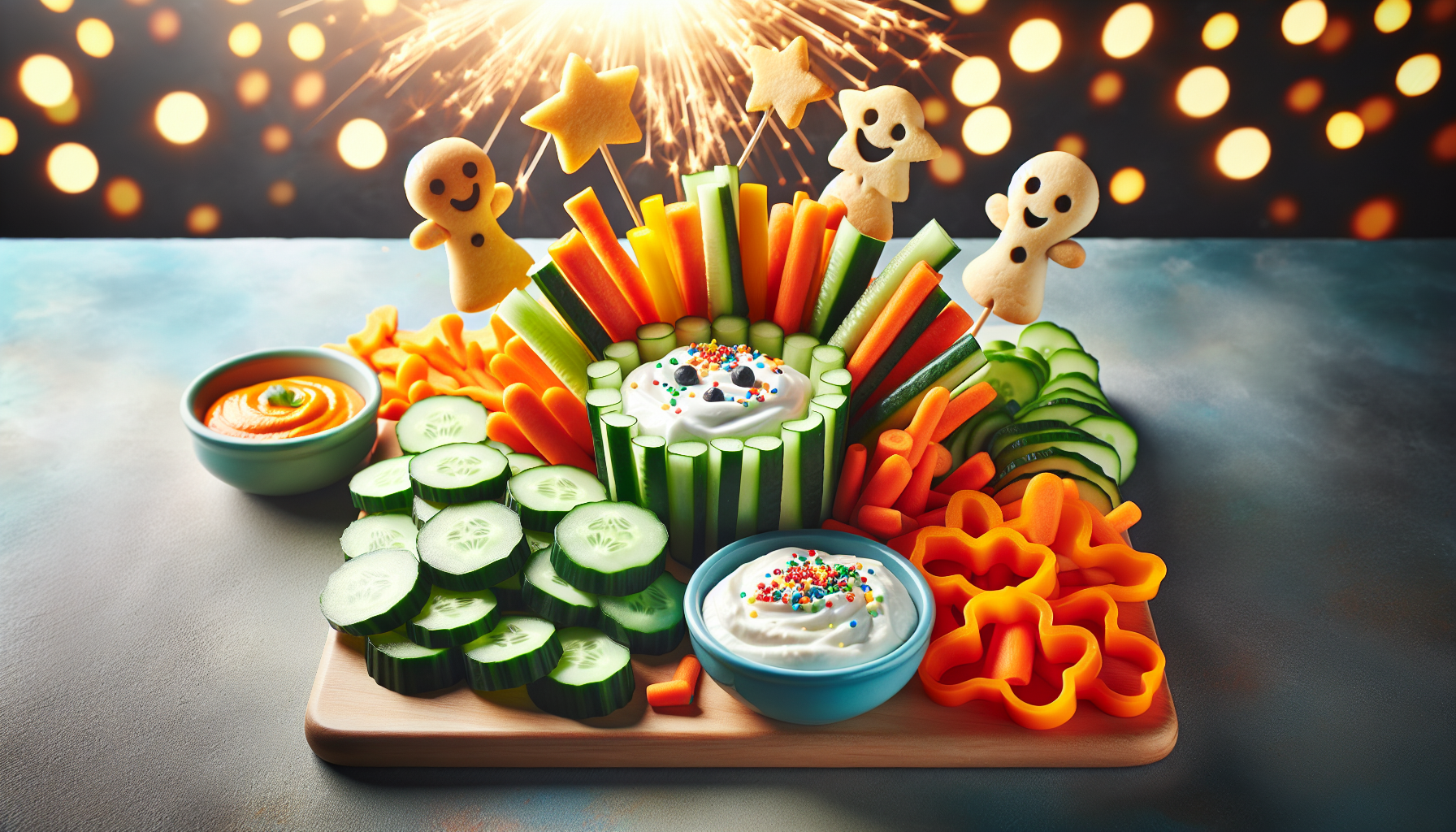What if you could help your child feel their best by managing the oxalates in their diet? Understanding oxalates and how they impact your child’s health can be a game-changer for both you and your family. Let’s break down what oxalates are, why they matter, and how you can approach this in a way that feels manageable and kid-friendly.
What Are Oxalates?
At their core, oxalates are naturally occurring compounds found in many foods. Your body processes oxalates in several ways, but for some folks, especially children, high levels of oxalates can lead to health issues. For instance, oxalates can bind with calcium, forming calcium oxalate crystals, which may contribute to kidney stones and other complications. Understanding what oxalates are is the first step toward managing them effectively in your child’s diet.
Why Should You Care About Oxalates?
You may wonder why oxalates should be on your radar when planning meals. For some children, particularly those with certain health conditions, managing oxalate intake is crucial. If your child has a history of kidney stones or other related issues, you’re probably already aware of the potential risks associated with high-oxalate foods.
Recognizing the importance of oxalate management means you can actively support your child’s health. Let’s take a look at how to tackle oxalates without overwhelming yourself or your little ones.
Identifying High-Oxalate Foods
One of the first steps to managing oxalate intake is to identify which foods are high in oxalates. You don’t have to memorize an entire list; instead, focus on categories and common foods. Being aware of which foods might pose a concern helps you plan meals effectively.
Common High-Oxalate Foods
Here’s a simple table to help you recognize some of the most common high-oxalate foods:
| Food Category | High-Oxalate Foods |
|---|---|
| Vegetables | Spinach, beets, Swiss chard |
| Fruits | Rhubarb, blackberries, strawberries |
| Nuts and Seeds | Almonds, cashews, peanuts |
| Grains | Whole wheat products, quinoa |
| Legumes | Soybeans, lentils |
This list isn’t exhaustive, but it gives you a good starting point. Knowing what to watch out for makes it easier to find alternatives and manage your child’s diet.
Label Reading: A Necessary Skill
One of your best tools in this journey is learning to read food labels. Many processed foods may contain ingredients you won’t expect to have high oxalate content. Spend a little time in the grocery store reading labels on everything you buy. Look for any ingredients you can’t recognize or that might be high in oxalates. Knowledge is power when it comes to making informed choices.
Introducing Low-Oxalate Foods
Now that you understand the high-oxalate foods to avoid, let’s explore some kid-friendly, low-oxalate food options. The good news is many delicious foods are naturally low in oxalates, and this can make meal planning a lot easier!
Tasty Low-Oxalate Foods
Here’s a list of some low-oxalate foods that you can incorporate into your family’s meals:
| Food Category | Low-Oxalate Foods |
|---|---|
| Vegetables | Lettuce, peppers, carrots |
| Fruits | Apples, bananas, cherries |
| Proteins | Chicken, fish, eggs |
| Dairy | Cow’s milk, yogurt (in moderation) |
| Grains | White rice, corn |
These foods offer plenty of variety and can easily be transformed into kid-friendly meals that your child will enjoy. You can even involve your kids in choosing their favorites from this list!
Creative Meal Ideas for Kids
Finding ways to make low-oxalate options appealing can feel challenging, but with a little creativity, you’ll find it’s entirely doable. Children are usually more interested in meals that look and taste great.
Breakfast Ideas
-
Fruit Smoothie: Blend bananas, apples, and a little yogurt for a delicious breakfast treat. You can even sneak in some spinach if you’re feeling adventurous, but stick to a small amount!
-
Scrambled Eggs: Add diced peppers or tomatoes for a colorful and nutritious start to the day.
Lunch Options
-
Veggie Wraps: Use low-oxalate vegetables like lettuce and carrots with a protein source like turkey or chicken. It’s colorful and fun to eat!
-
Rice Bowl: Combine white rice with grilled chicken and a variety of low-oxalate veggies for a customized bowl.
Dinner Dishes
-
Chicken Stir Fry: Use bell peppers, carrots, and other low-oxalate vegetables. Serve it over white rice for a satisfying meal.
-
Homemade Pizza: Make your own pizza using a simple crust, tomato sauce, and low-oxalate toppings like cheese and veggies.
Snack Time
-
Apple Slices with Peanut Butter: A simple and enjoyable snack, just keep in mind that peanut butter does have some oxalates, so moderation is key.
-
Yogurt with Fruit: Choose plain yogurt and add compatible fruits like apples or bananas. This makes for a nutritious and tasty snack.
Hydration and Oxalates
Staying hydrated is another essential part of managing oxalate levels. Water helps dilute urine and may prevent the formation of kidney stones. Make hydration a fun activity for your children.
Creative Ways to Encourage Water Intake
-
Flavor Infusers: Add slices of fresh fruit or herbs like mint to water for a hint of flavor. Kids love experimenting with different combinations.
-
Fun Containers: Use fun water bottles with designs that appeal to your child. Sometimes, simply having a cool container can motivate them to drink more water.
Supplements and Oxalate Management
In some cases, a healthcare provider may recommend the use of specific supplements to help manage oxalate levels, especially in children prone to oxalate-related issues. It’s essential to discuss any supplement use with your child’s doctor to ensure it’s safe and effective for their specific needs.
The Role of Citrate Supplements
Citrate, which can be found in lemon juice and other citrus fruits, is known to help prevent kidney stones. If your pediatrician approves, incorporating more citrous elements into your child’s diet may be beneficial.
Consultation With Healthcare Providers
One critical aspect of managing oxalates is engaging with healthcare professionals. Regular consultations with a pediatrician or a registered dietitian can provide valuable guidance tailored specifically to your child’s needs.
Why You Should Consult a Dietitian
A registered dietitian can help with meal planning and provide resources that consider your child’s preferences and nutritional needs. They can help create a balanced diet while keeping an eye on oxalate levels. Bringing children into these discussions can help them feel more in control of their dietary choices.
Encouraging Positive Attitudes Towards Food
As you navigate the world of low-oxalate eating, keep in mind that fostering a healthy attitude toward food is essential. Children often pick up on their parents’ feelings about specific foods, so it’s vital to approach food diversity with positivity.
Teach Kids About Nutrition
Use this opportunity to educate your child about nutrition in a way that’s engaging. For example, create a fun food chart with color-coded sections for fruits, vegetables, grains, and proteins. Getting them involved in understanding why certain foods matter can help them appreciate their options.
Make Cooking a Family Affair
Get your child involved in meal prep! Let them select recipes, assist with shopping, and help cook. When kids feel involved, they often become more excited to try the foods they’ve contributed to creating. This involvement fosters a sense of ownership and encourages healthy eating habits.

Common Misconceptions About Oxalates
As you venture into managing oxalates, it’s essential to dispel any myths that might confuse or discourage you. Understanding the facts can empower you to make better dietary choices for your child.
Myth: All High-Oxalate Foods Are Unhealthy
Not all high-oxalate foods are bad. For example, spinach and berries are nutrient-dense and offer numerous health benefits. It’s not about entirely eliminating those foods but rather managing how often they appear on your table.
Myth: Kids Won’t Eat Low-Oxalate Foods
It’s a common belief that kids will turn their noses up at anything deemed “healthy.” However, with creativity, patience, and positive encouragement, you might be surprised by what they’re willing to try.
Building a Support System
Managing dietary changes can be overwhelming, and having a solid support system can make all the difference. Whether it’s friends, family, or online communities, seek out those who can provide encouragement and share experiences.
Connect With Other Parents
Consider joining support groups or forums where you can share strategies and tips with other parents facing similar challenges. Exchanging ideas can lead to discovering new recipes and approaches that could work for your family.
Utilize Online Resources
There are many websites and blogs focused on oxalate management and kid-friendly diets. These resources can offer a wealth of information, from recipes to success stories, making the journey feel less isolating.

Conclusion: A Balanced Approach to Nutrition
Managing oxalates doesn’t have to be an all-or-nothing approach. It’s about finding balance and ensuring your child has a varied and enjoyable diet. By focusing on low-oxalate options, involving your children in food decisions, and consulting with healthcare professionals, you can create a positive food environment for your family.
With a little creativity and encouragement, you can help your child thrive while being mindful of their dietary needs. It’s all about making informed choices and enjoying the process. After all, food brings us together, and assisting your child in nourishing their body is a beautiful journey.




